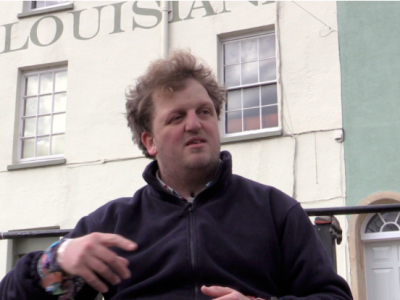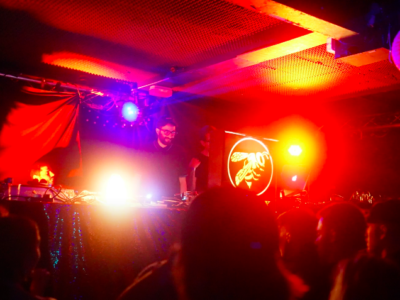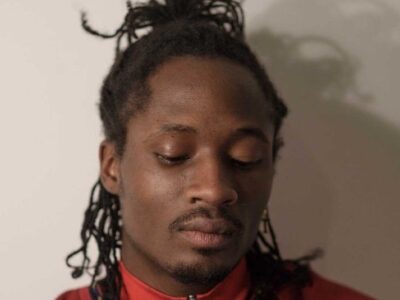Hidden Histories: Mapping the Unknown Stories of Jews in Bristol
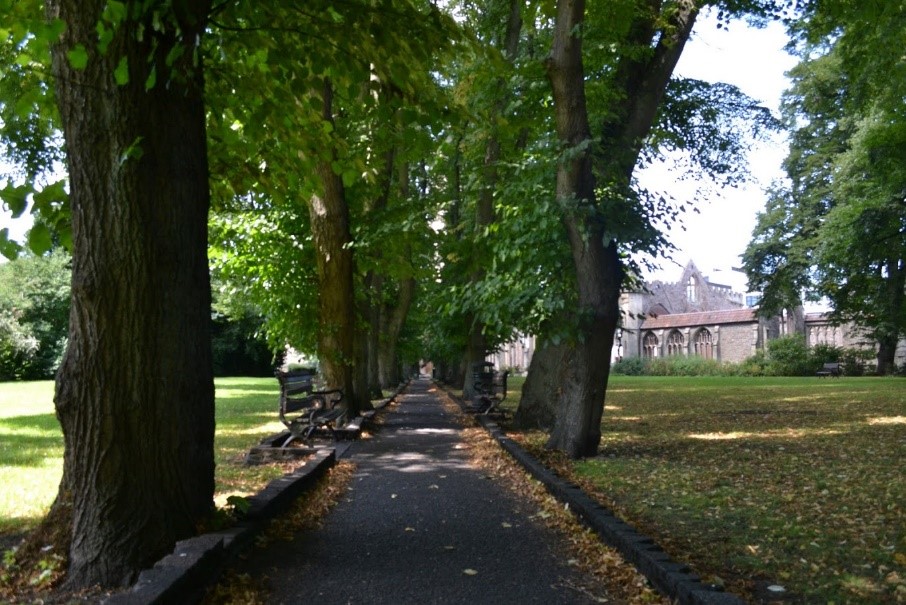
Shanie points out Jewish landmarks that you may have missed around the city
Today, Bristol is known for its multicultural population and history of immigration. The influx of enslaved Africans in 1698 to 1807, to the arrival of Huguenots in the late 1600s fleeing religious persecution and Catholic Irish refugees fleeing famine in the 1800s are well-known histories. However, a much lesser-known, or ‘hidden,’ Bristol history belongs to the Jewish community. Below is a list of places in Bristol that highlight the small but important history of Jews in the city.
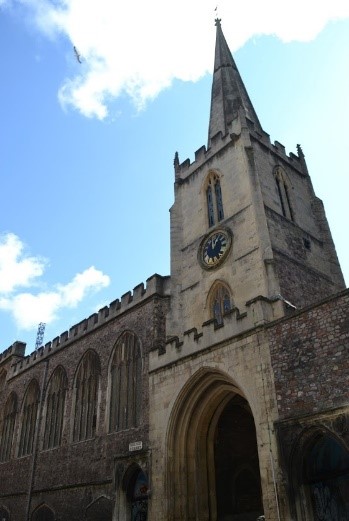
The Jewish Quarter
Location: The Quay between Broad Street and Small Street
This street is said to be where Bristol’s Jewish quarter was situated before the expulsion of Jews from England by King Edward I in 1290. At the time of the expulsion Bristol was one of the authorised Jewries in which there existed not only a synagogue and a Jewish quarter, but also the royal chirograph chest or archa which preserved bonds and tallies registering financial transactions.
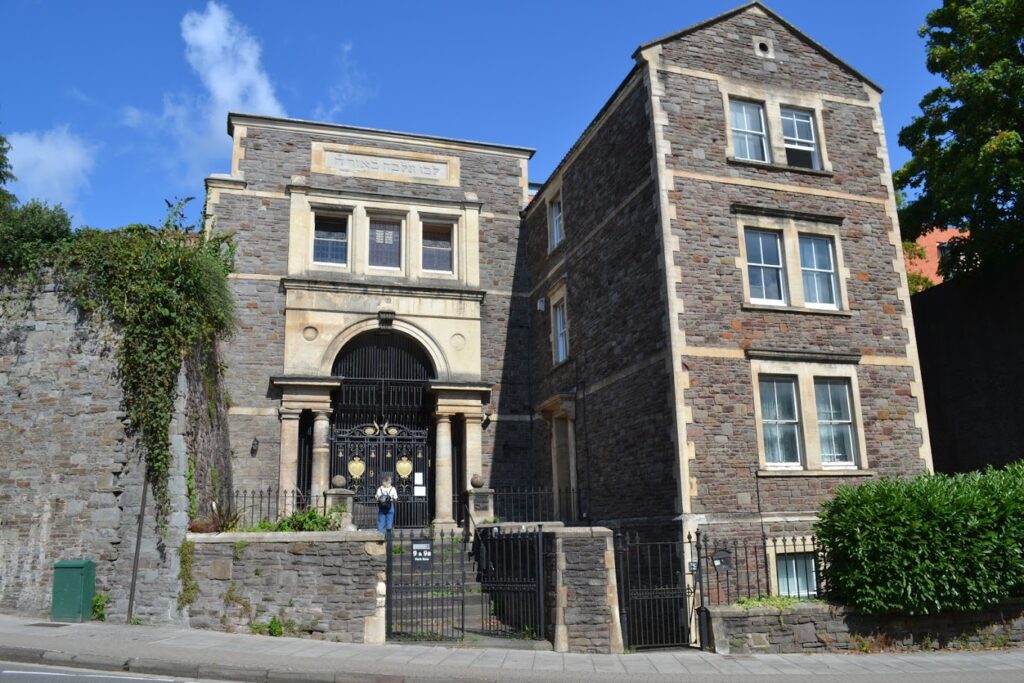
Park Row Synagogue
Location: 9 Park Row, Bristol BS1 5LP
Before the Jewish expulsion mentioned above, the first synagogue in Bristol was situated on Small Street, in the Jewish quarter. Post-expulsion, the Jewish community dates from before 1743. The first known synagogue of this period was in a house in Temple Street. In 1842, a new synagogue was consecrated in the former Quaker’s Chapel close to Temple Street. The widening of that road necessitated a further move in 1871 to this current Park Row building.
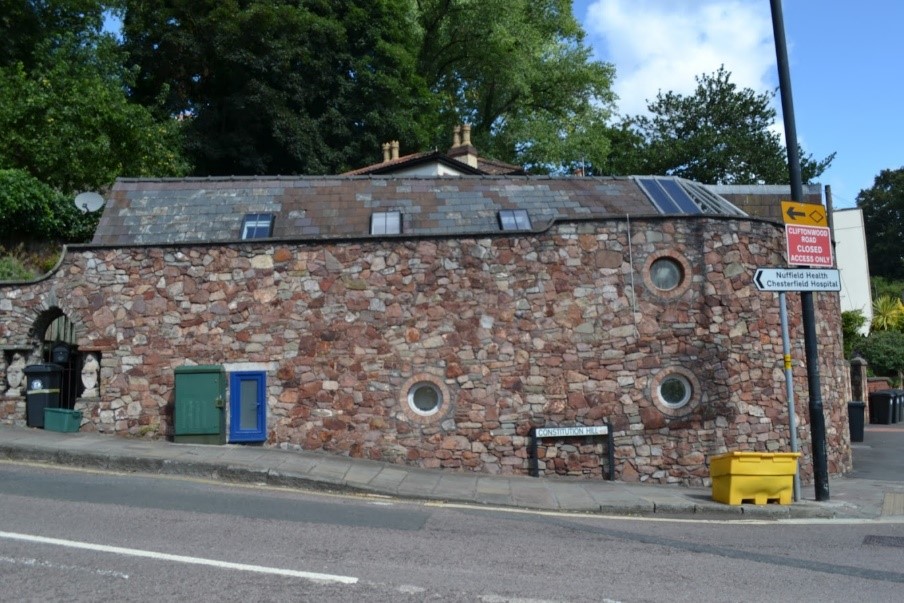
Jacob’s Well
Location: The corner of Jacob’s Wells Road and Constitution Hill, Cliftonwood, Bristol
Jacob’s Well was discovered in 1986 when workmen removing debris uncovered a pump, running water, and suspected hieroglyphs. Raphael Emanuel, lecturer of Architecture at the University of Bath and member of the Temple Local History Group identified the letters as Hebrew. The inscription read “Zochalim” meaning flowing, leading to the theory this was a Mikveh, a Jewish ritual bath. It is claimed to be one of the oldest in Europe, dating to before 1142.
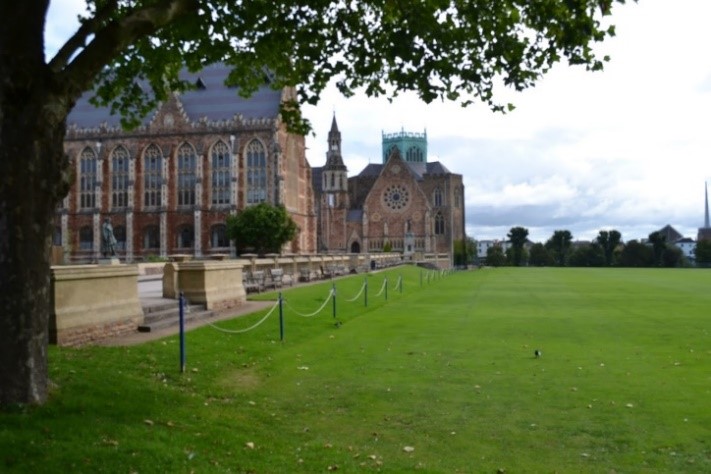
Clifton College, Polack’s House
Location: 32 College Rd, Clifton, Bristol BS8 3JH
Clifton College claims to be the only Public School with a synagogue, set up 150 years ago. Its relationship with the Jewish community goes back to the founding Headmaster John Percival and his establishment of a boarding house for Jewish pupils in 1878. Polack’s House remained a ‘Jewish home in an English public school’ until its closure in 2005. Since then the school has collaborated with the Polack’s House Educational Trust.

The Great Gardens of Temple Street
Location: 1 Church Ln, Redcliffe, Bristol BS1 6FR
Jewish immigrant Eliezer ben Jacob, later known as Lazarus Jacobs, moved to Bristol from Frankfurt in 1760. By the 1780s he had teamed up freelance artist Michael Edkins to gild his new range of now-famous Blue Glass. The glass became a huge success with Bristol’s merchants and by 1805 Lazarus’ son Isaac had expanded the glassworks, with the opening of the Non-Such Flint Glass Manufactory in the Great Gardens of Temple Street.
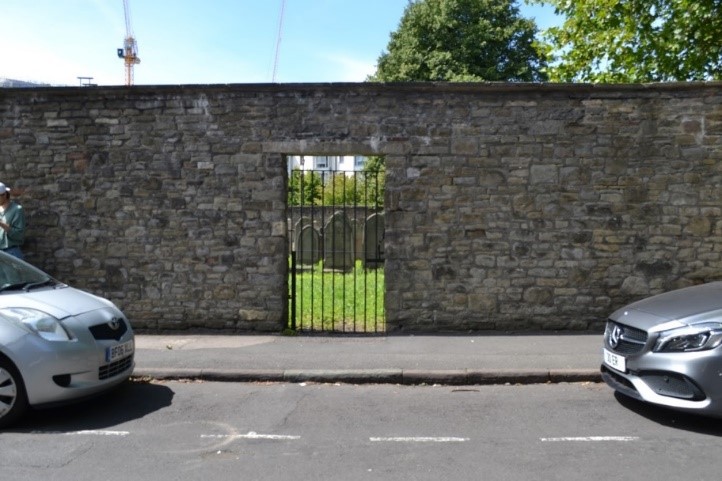
Barton Road Jewish Cemetery
Location: Barton Road, Bristol BS2 0NA
The Barton Road Cemetery is believed to be the first Jewish cemetery established in Bristol after the Jews returned from the expulsion of 1290 (circa 1740). Its earliest tombstone dates from 1762. Because Jews were then still prohibited from owning land, the property was leased until it was finally acquired by deed on August 8, 1859. The cemetery continued to be used until the early 1900’s, the last burial took place in 1944.
Did you know about all these places? Is there anywhere else we should know about? Let us know in the comments.
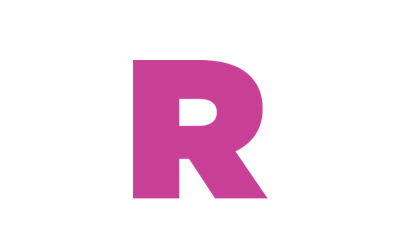
About Rife


